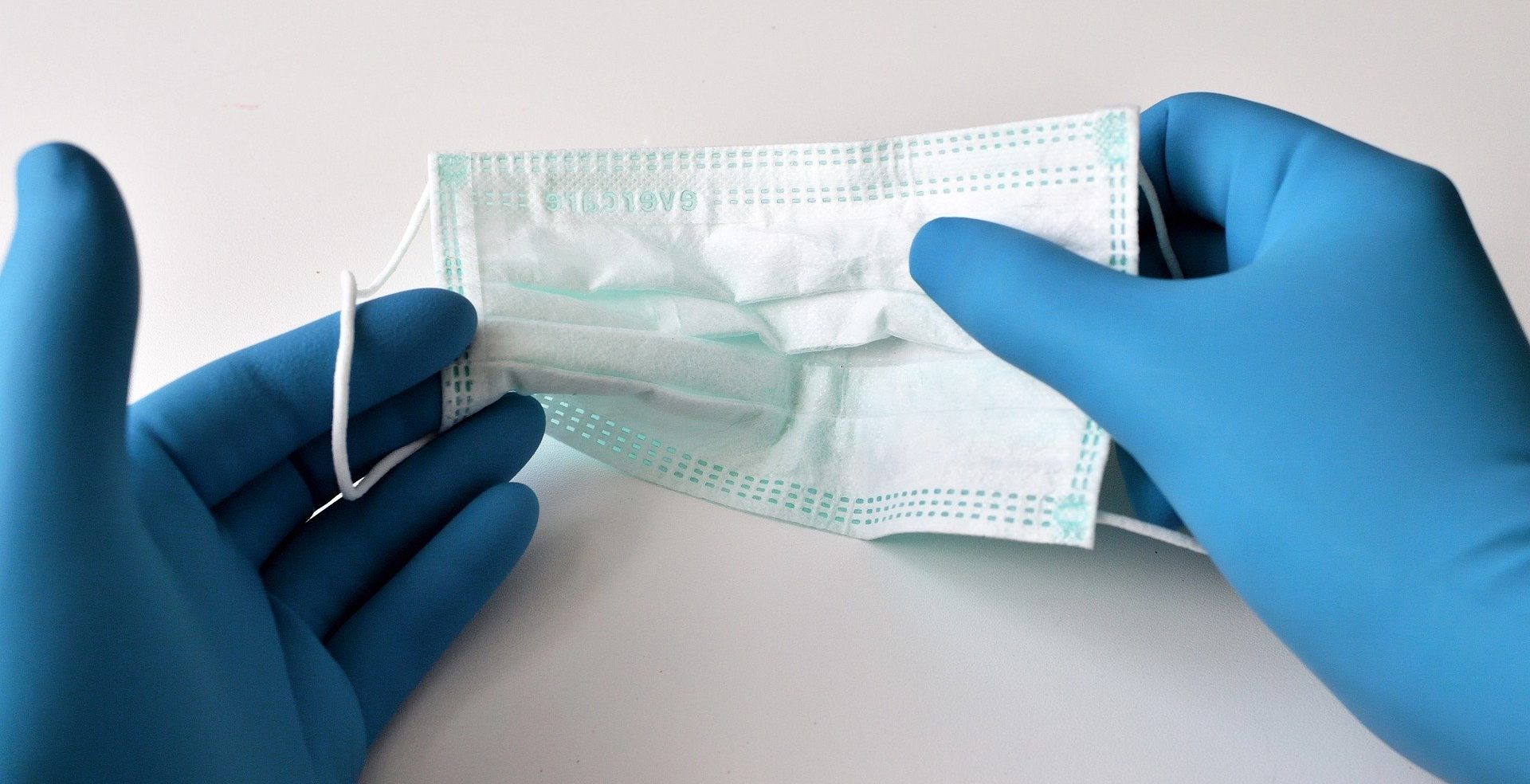To help prevent a COVID-19 outbreak at your senior living facility, there are two steps that cannot be overlooked: preparation and documentation. Both steps play an important role in patient and staff safety and should not be compromised.
1. Prepare
The worst mistake skilled facilities make is not preparing or thinking they are more prepared than they really are. Being prepared means doing more than what is required. Before COVID cases occur, your facility will need to educate staff and already have nurses, nursing assistants, and housekeeping staff members who have agreed in advance to care for these patients exclusively. You’ll need to reach out to the community for PPE and also set up systems to communicate with families about patient statuses.
Facilities need to keep COVID out by screening employees’ (which is required) but take it a step further. Ask your employees to agree to infection containment strategies to reduce one the most common ways COVID is spread: working for multiple nursing homes or assisted living facilities.
You’ll also need to have a plan for where to send COVID positive residents as well as a place for those who have not yet tested positive but have symptoms and need isolation. This means clearing out a wing with a separate entrance or converting other parts of the building, even activities and maintenance rooms, to serve as designated COVID pending triage areas. This should all be done BEFORE your facility needs it.
2. Document
Documentation is always a crucial part of healthcare, but that never rings more true that during a pandemic.
Is your facility short on PPE? Make sure you use the CDC’s PPE burn rate calculator to determine your facility’s numbers: How many masks, gloves, gowns, and face shields are needed? Document it. Count what you have. Protect what you have. Document it.
Other actions you can take and should document are:
- Your facility is now using the Contingency PPE Plan issued by the CDC
- Call your facility’s PPE supplier every day
- Call the health department every day and report shortages and needs
- Seek out alternative supplies as needed
- Your facility completed the CDC Preparedness Checklist, document each step
- Your facility is following the CMS guidance that comes out or changes almost daily, document your response to each new step
With all of that said, your facility probably doesn’t have the perfect established policies and procedures and documentation processes when recommendations are changing by the day or even by the minute. The best advice on COVID documentation is, don’t wait until you have the perfect log, form or tool to capture all that you are doing – start where you are and write everything down as you go.
For more insights and advice on handling risk management, check out OmniSure’s other InSights or get started with a free consultation.



